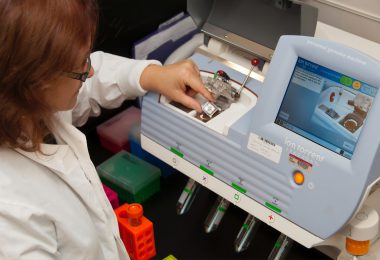Mr. Hyde roamed around the back alleys of civilization to find methods of wreaking devastation, the evil side of creation is frequently witnessed through military technologies. The Greek God Hephaestus (whose Roman equivalent was Vulcan), the only deity who was born lame and deformed was a founding figure throughout western civilization. On the other side, inventors and innovators from Alfred Nobel to Robert Boyle regarded firearms favorably and saw them as needed. Those who thought they could create the ultimate weapon, a tool so awful that nobody would dare to use it, thought that they might either get rid of the world or at least limit its excesses were confused.
The company’s co-founder, Melvin Kranz Berg, was one of the Histories of Technology Societies, and the founding editor of the company’s journal, Techno, and Culture. He also liked to argue that technology is neither good nor bad nor neutral. Technology is the process of altering the physical environment to the benefit of people in its most basic sense. Not the technology itself, but what humans determine whether it is useful or harmful.
BETTER TRANSPORTATION
The character of combat is constantly restricted by the available technologies from spears to stealth bombers. The world’s army utilizes numerous new technology, modernizes everything from weapons and intelligence systems to the troops themselves, and future forces have even more ambitions. It is being rebuilt from the ground up to enhance technology for military transport. In the United States Navy, there is already a cheap autonomous battleship that can cruise the seas for 2 to 3 months without the need for a crew. This battleship also includes tanks fitted with unique cameras connected with combat helmets, providing the optical and thermal systems 360-degree vision without exposing troops to danger on the battlefield.
Is it the best warfare?
As our military grows higher, we are at risk of becoming more distanced from the brutality of battle. Our political leaders may find a conflict more appealing as a result of the detached nature of deploying weapons like combat drones or autonomous planes, as opposed to choices, such as lengthy peace talks or pacific agreements. As a result, military personnel armed with the most autonomous weapons may become those with the happiest troops, leading to a rise in unnecessarily high fatalities for civilians and military personnel.
But although fewer troops indeed imply fewer deaths and injuries in combat, it does nothing to prevent soldiers from developing psychical issues such as post-war stress disorder (PTSD) and fails to take into consideration enemies and civilian deaths or casualties. In addition, advances in military technology may have unanticipated consequences for other sectors, such as employment losses. The U.S. military employs little under 3 million people, including active duty workers and reserve staff. When more military systems are automated, fewer possibilities may be available for low-level military jobs. Several generals of the Army have even suggested a 25% reduction in the number of troops in the brigade. In addition to raising unemployment rates within the military as a profession, this would also eliminate a crucial step since many individuals get training and education from the army to help them get started in life after they leave the service.
How does military technology help?
Our investment in defense research and technology allows us to neutralize military threats and overcome any benefits that our adversaries may try to establish a foothold on us. It also expands the variety of military choices offered to policymakers, including alternative warfare, in pursuit of the goals of stability and conflict prevention.







[…] Does increasing military technology really make us safer? […]
[…] Does increasing military technology really make us safer? […]